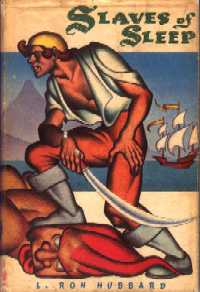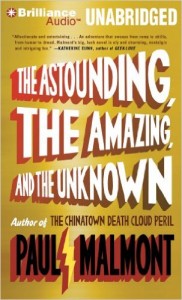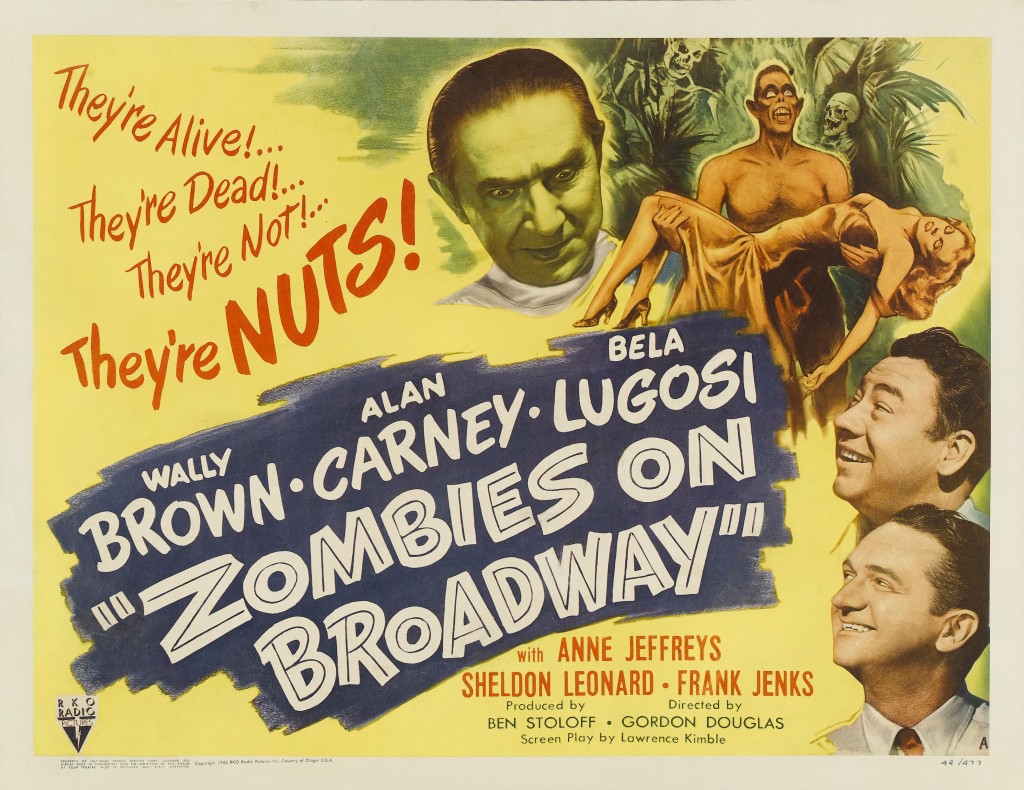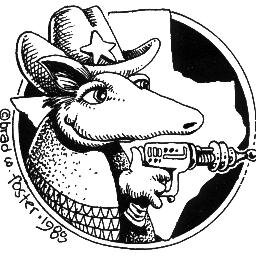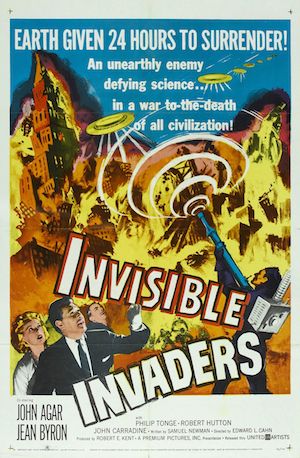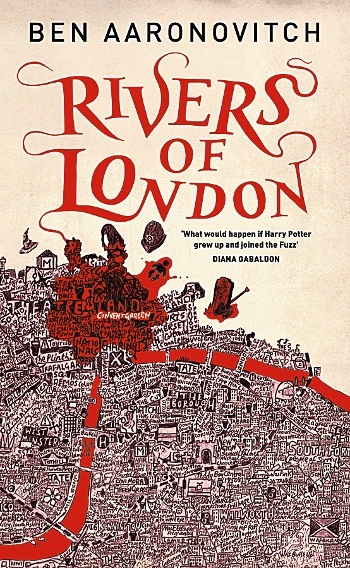
Beware: a book pusher may try to turn you on to this highly addictive tome.
Review by Scott A. Cupp
This is the 151st in my series of Forgotten Books.
Between 2011 and 2014 I wrote a regular (sort of) weekly column on Forgotten Books at the Missions Unknown blog. In early 2014 the blog died an ugly death when something destroyed itand, to date, it has not been revived. The books and movies I reviewed there are no longer accessible, except with some deep digging on the internet archive. Even then, some reviews are still incomplete. So, if you enjoyed those reviews, keep coming back here for another weekly installment of regular Forgotten Books and Forgotten Films. This weeks’s column features a recent favorite.
I love it when science fiction and fantasy cross over into the world of mysteries and vice versa. It happens a lot and when it is good, the results are spectacular and when it is bad, it gets shoved in my face by those who do not like such pollution in their ponds of choice.
This week, we will talk about a good one. As many of you know, I work with a book pusher. Oh, he can be nice and even taken out in public. But when we get into dark alleys, he pulls back the shades and shows me the good stuff. I see lots of it and, like the poor suffering addict that I am, Ibuy a lot of it, I get science fiction, mystery, and fantasy from him. Sometimes I get romances and non-fiction or art books or bibliographies. His insidiousness knows no boundaries. When we talk on the phone he always has something to tempt me with.
The other day the conversation went something like this – “Hey, man. You got the stuff?”
“Yeah, but I got something new. A kind of London fog. You’re gonna love it.”
“No, I need the good stuff I already know. Nothing new or dangerous.”
“But this one is different. Try to imagine if Harry Potter never went to Hogwarts and instead became a London policeman whose training was leading him to be a file clerk, but he sees a corpse and a ghost and suddenly finds himself in the mystic arts division of the London Police Force and has to learn magic and talk to rivers and solve the murders.”
“OK, give it to me.” He knows a sucker when he sees one. “Oh,” he says, “there are three other books in the series. They have British first editions which are already getting pricy but there are paperback editions.”
Suddenly I have three new trade paperbacks in the house and a hardback flying in from the UK. On a whim, I pick up the first one and it is good. It is better than good. The incoherent babbling description above is accurate. Peter Grant, a probationary policeman and son of a London jazz musician, finds a body outside Covent Garden one night. Upon reviewing the area, he meets a ghost who discusses the crime with him. He mentions this fact and suddenly finds himself in a secret section of the London police, working with a wizard named. Nightingale in an odd house with an odder housekeeper who may be a vampire or may not.
He finds himself involved in a dispute between Father Thames and Mother Thames over territorial rights of the river within London proper. He meets their progeny and finds himself attracted to one of Mother Thames’ daughter, Beverly Brook, and at odds with another one, Tyburn. He quickly discovers that diplomacy is not his style and having a river mad at you is not desirable.
This was quite an enjoyable read and one with lots of twists and turns. It made me want to open up the next one. So far, I have resisted but I am sure I will weaken soon.
The US edition is called MIDNIGHT RIOT, a title I do not like, but RIVERS OF LONDON alsodoes not conjure up terms like “excellent fantasy/mystery.” There are copies around at the usual suspects, but, as mentioned above, hardcover first editions are not currently cheap so be forewarned.
As usual with such crossover thingies, your mileage may vary depending on your tolerance for lots of things. As my wife frequently tells me, all my taste is in my mouth.
Series organizer Patti Abbott hosts more Friday Forgotten Book reviews at her own blog, and posts a complete list of participating blogs.
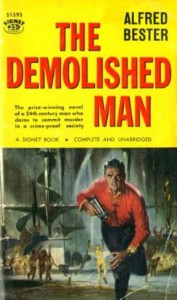 I based this concoction on the similarly named Vesper, created by James Bond author Ian Fleming in Casino Royale. Fleming’s cocktail combines gin, vodka and Lillet, a wine-based French aperitif. In the case of THE ESPER, I substituted absinthe for the vodka, because… well, let’s just say I’ve had more than a few extrasensory experiences courtesy of la fée verte.
I based this concoction on the similarly named Vesper, created by James Bond author Ian Fleming in Casino Royale. Fleming’s cocktail combines gin, vodka and Lillet, a wine-based French aperitif. In the case of THE ESPER, I substituted absinthe for the vodka, because… well, let’s just say I’ve had more than a few extrasensory experiences courtesy of la fée verte.

